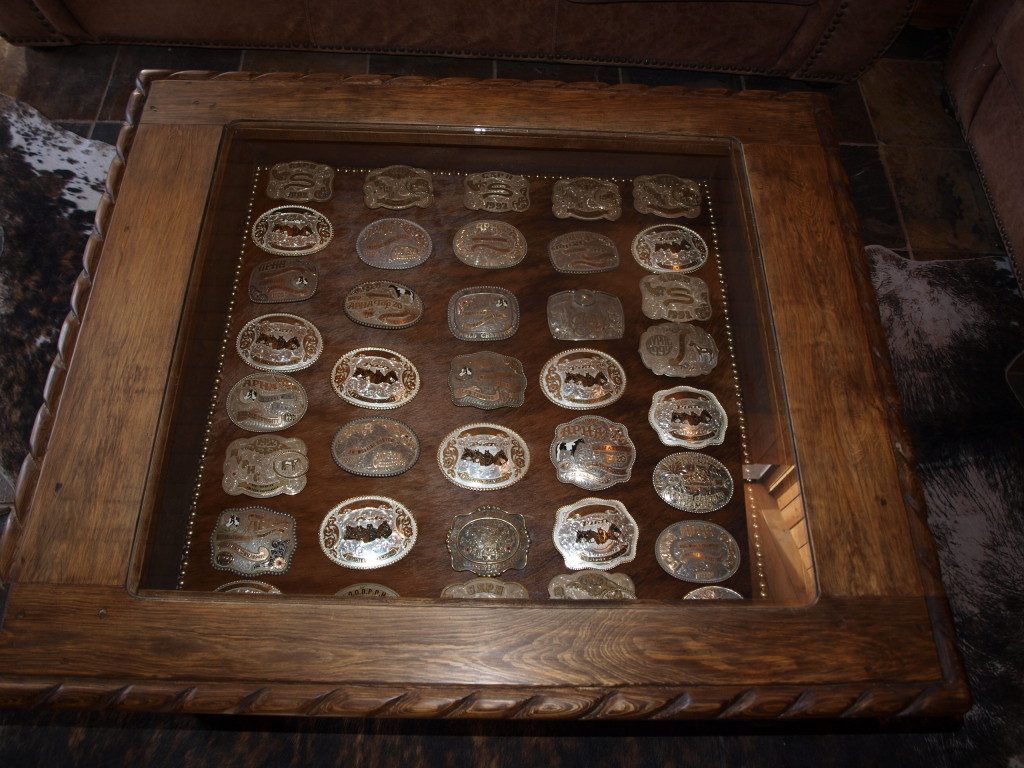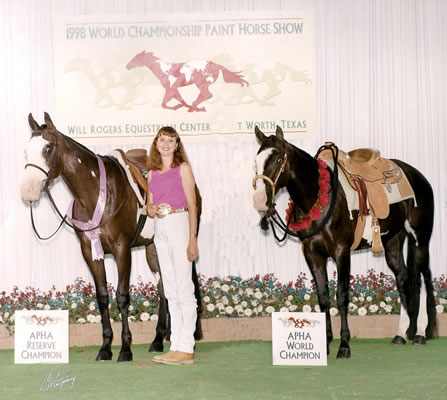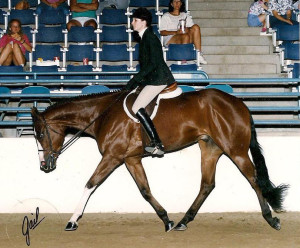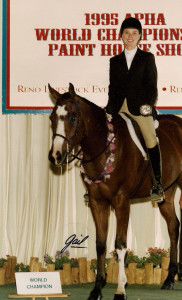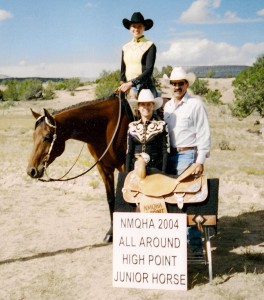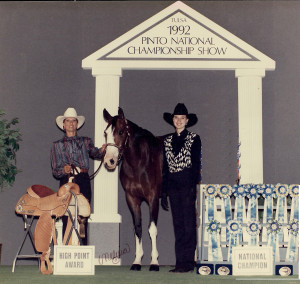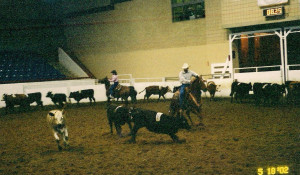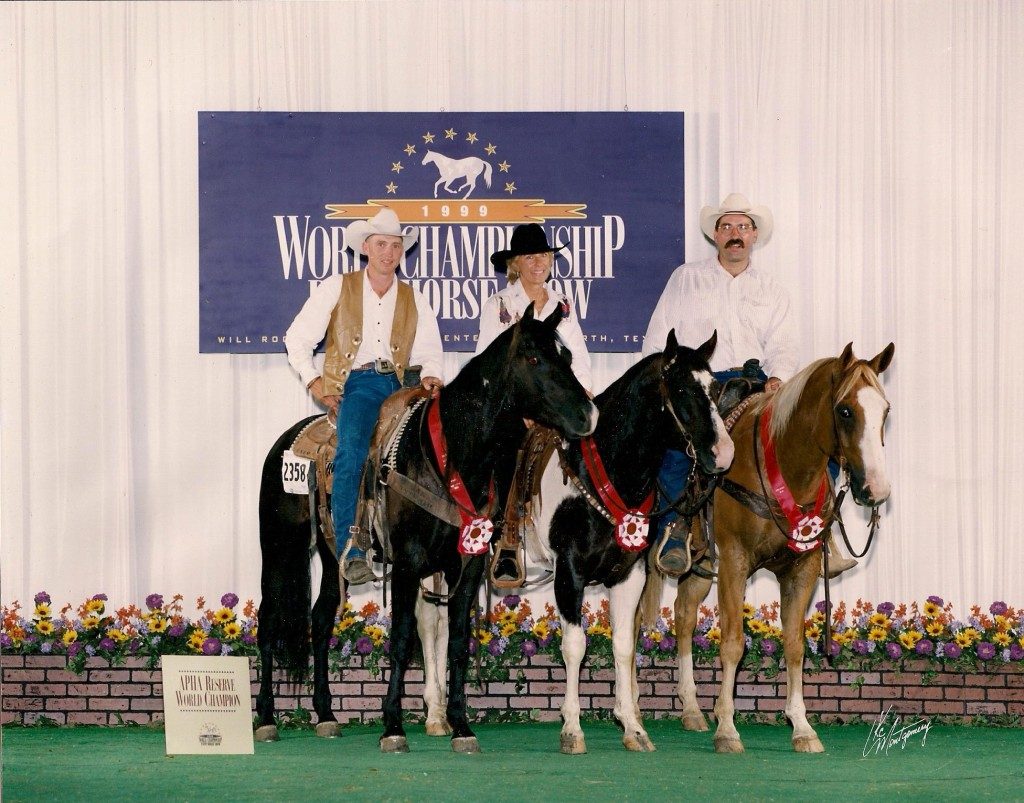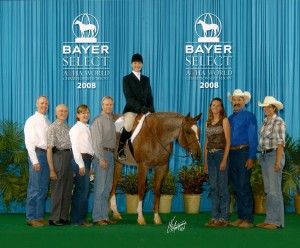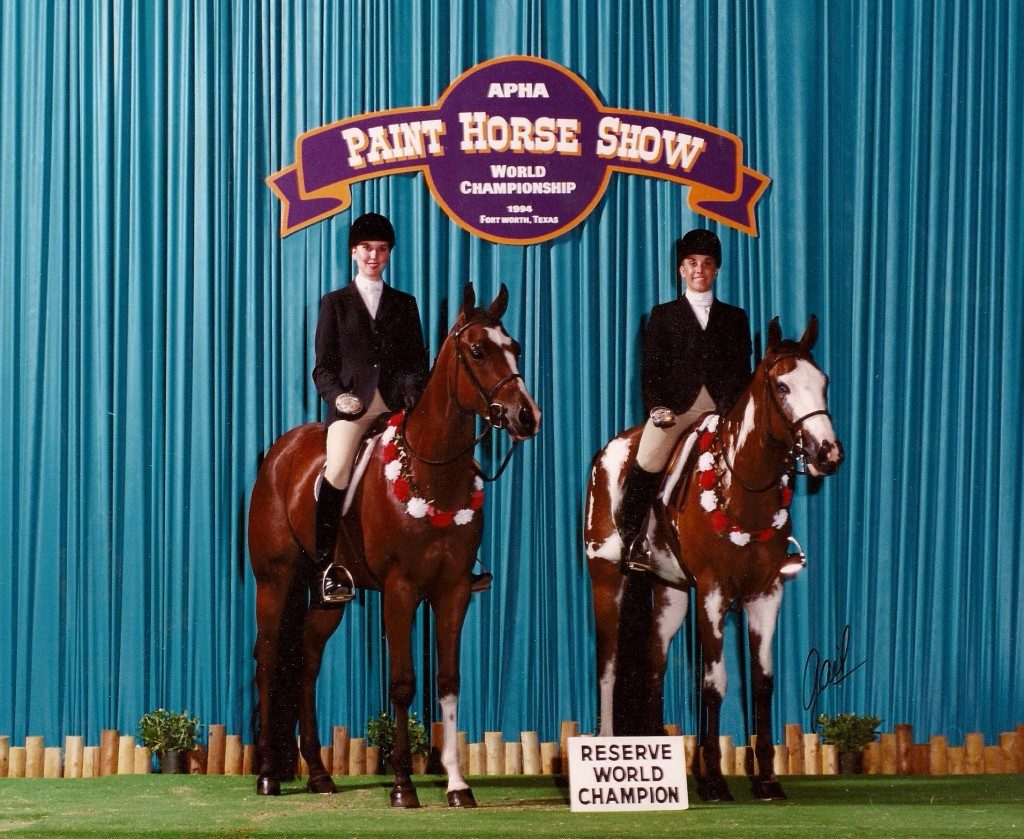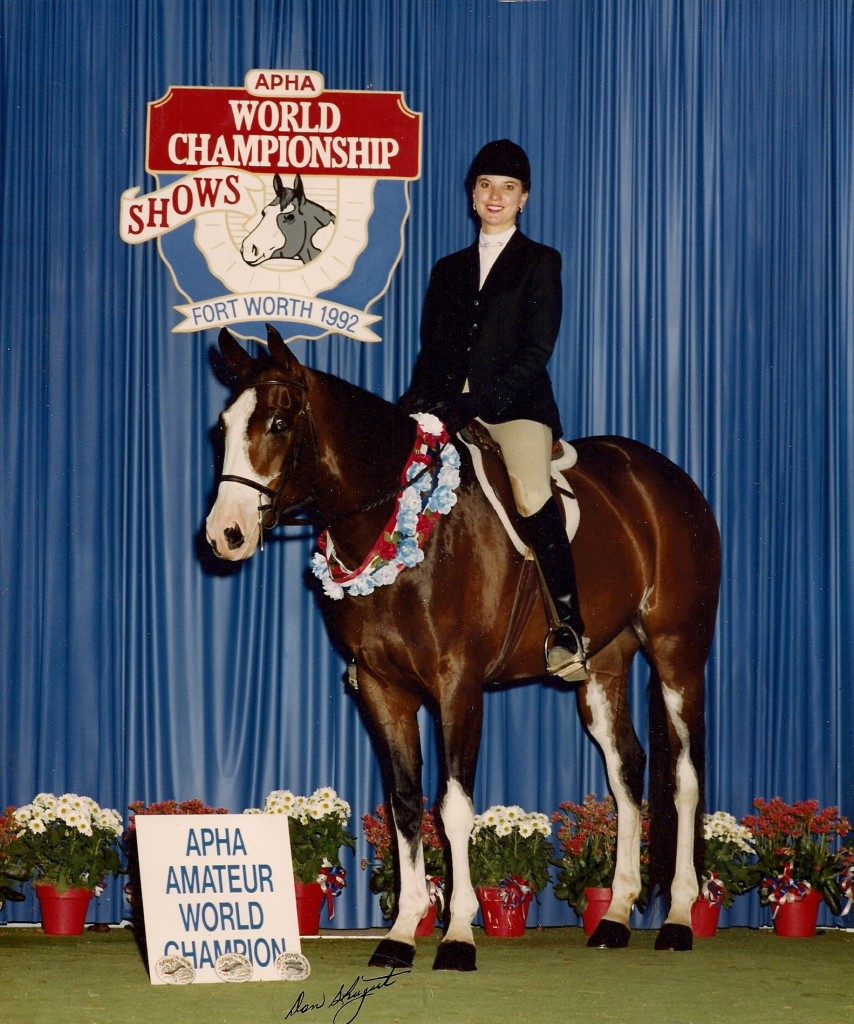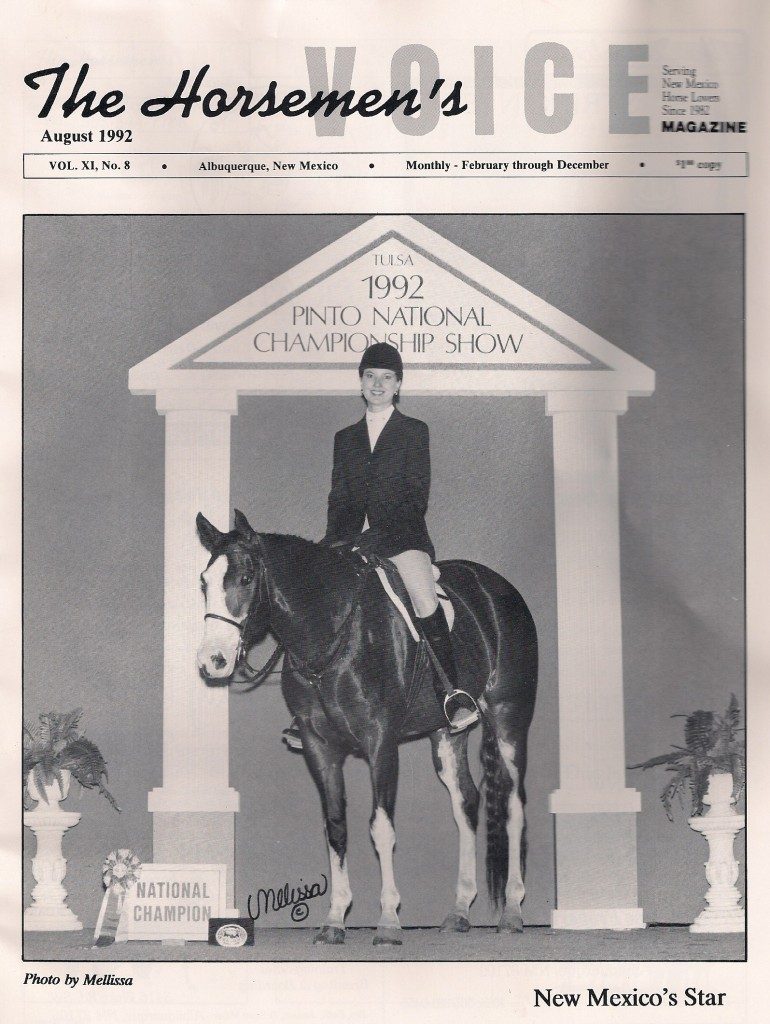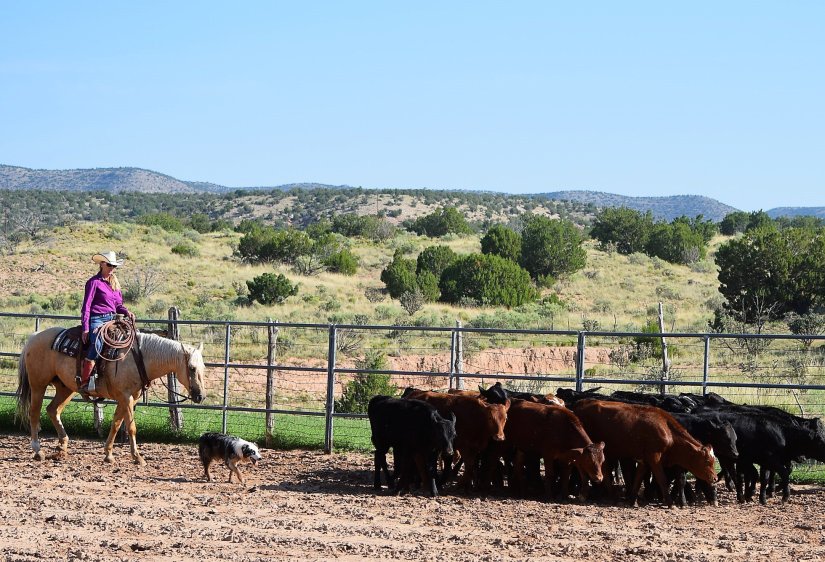

I often get asked about working dogs off horseback. I usually refer them to my book, Stockdog Savvy. The other day I saw a fabulous picture of Susan Boyd exercising some dogs while on horseback. I asked her if she would be willing to write an article about riding with dogs. She graciously agreed, so the following is an excellent piece with good, reliable information. I hope you enjoy it. Riding Horseback with your dog trotting obediently next to you by Susan Boyd @Boyd Ranch.
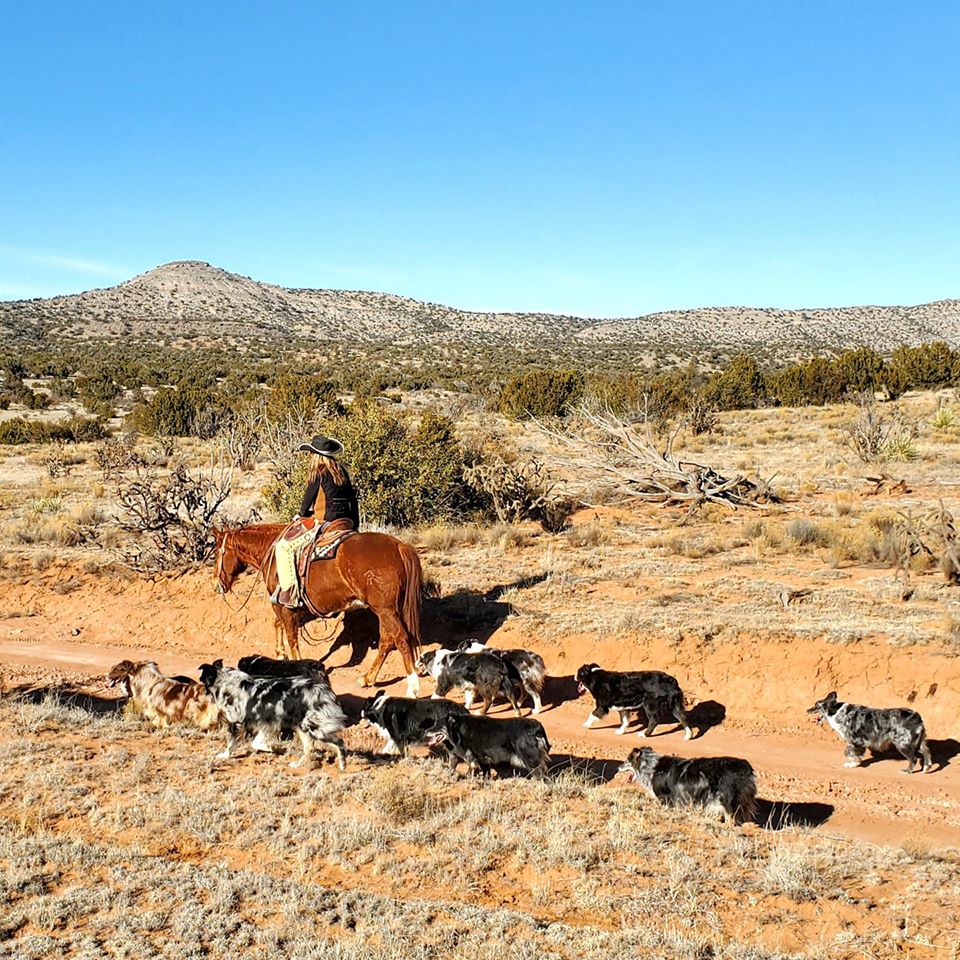
Riding horseback with your dog trotting obediently next to you is an enjoyable way to exercise them and a necessity if you’re going horseback with them to move cattle. But, teaching a herding dog not to herd your horse or others horseback riding with you is something that needs to be taught first. I’ve been asked how I teach this to them and these are the steps I take. These steps can take a few days or months, depending on if you’re working with a dog or a puppy and what you’ve already taught them. I’m giving the steps I use with a puppy.
The first thing your pup needs to know is some basic commands. They need to understand the word “no”, how to heel or walk next to you, get back and to stay behind. I start my pups on foot to teach them to walk next to me and also teach them to get back and walk behind me. You can start your dog on leash to teach this but your goal is to be able to do this off leash. I don’t use a leash but I have trained adult dogs that I work with the pup. I use pressure and release with mine. I’ll go for a long walk on my ranch and let the dogs run and play as we walk along. I’ll then call them back to me and have them walk with me or next to me. I have Aussies, who want to do right, so a harsh no if one wants to leave is enough to make them stay with me. I’ll do this for a 100 yards or so next to me and then I’ll have them walk behind me. The same applies here with mine: a harsh no or raising of my arms to make them stay behind is what I use. You will need to figure out what pressure is required with your dog to make him stay behind you. Do this for 20 feet then release them and let them play and then go back to the same exercise until they understand it and will do it willingly. During this time, I’ll also practice stopping and having them stay with me. They need to know to stay behind me or next to me at any speed I’m going including standing still.
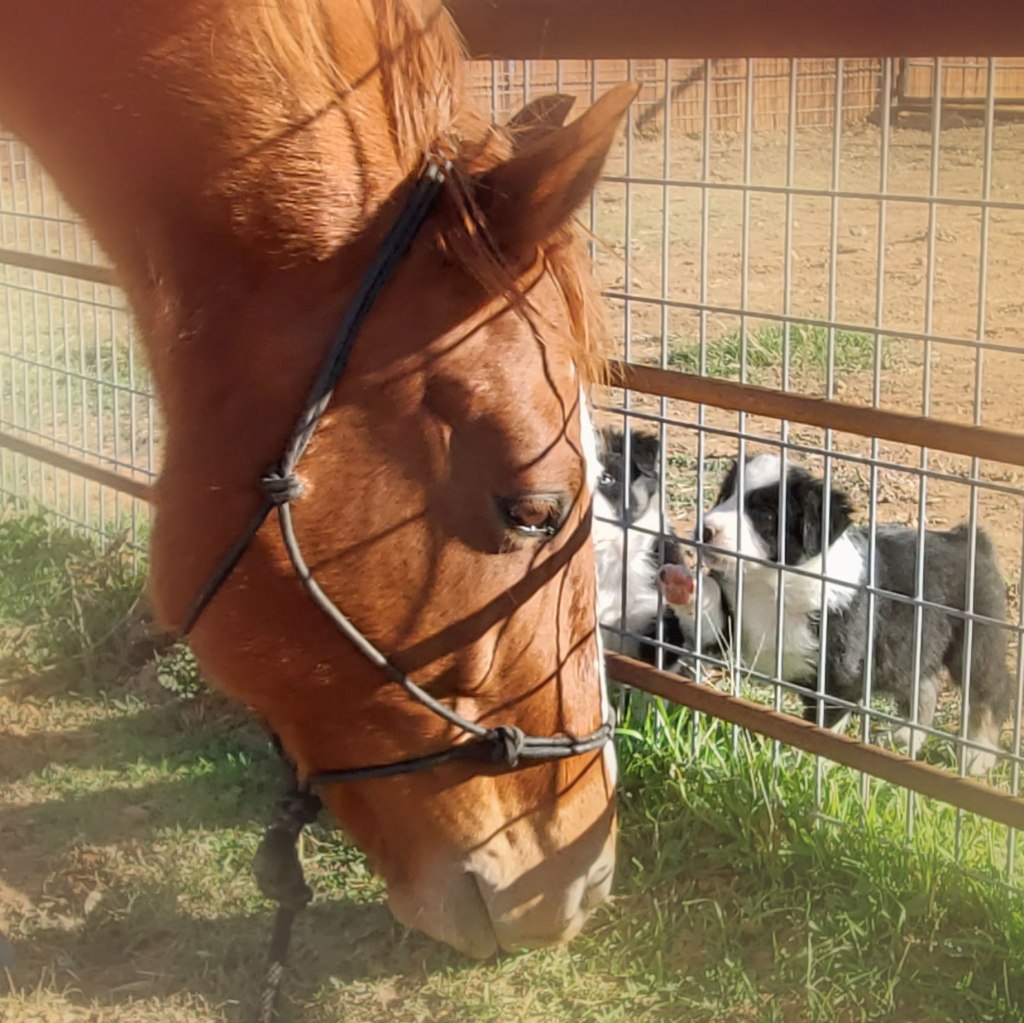
The next step is introducing them to horses. First off, horses are a big NO for dog chasing, herding, biting or showing any tendencies to want to work them. This is for their safety and respect for a horse. Horses are never to be worked by a dog! Horses are smart and quick, they can kick straight back, can strike and bite a dog. Many dogs have been killed by horses. I introduce them to my horses by taking them with me on a leash to feed and do chores. I don’t allow them in the horses pens and I teach them to respect a horse and do not allow any barking at them, chasing or harassment. By having them on a leash you can reinforce any bad behavior.
then teach my puppy to stay out of the way while brushing and saddling my horse. I’ll tie them to a tree close by, where my other dogs know to lay, while I’m tacking up and grooming horses. My arena is also close to this tree so I have them watch me ride and learn to stay out of the way while I’m doing that. When I feel they are comfortable and understand this, I take them off the leash, teach them to stay away and to lay down under the tree off leash. This is pretty simple because they have already learned to lay there and watch.

Next is teaching them to walk behind my horse while I’m leading him. I’ll take my dogs with me to catch my horse and then have them walk behind me and the horse to my grooming/tacking area. This is where you’ll find out how well you taught the first step of walking behind you. Again, with my Aussies a sharp no and get back is what I use for reinforcement. You will need to adjust pressure depending on your dog. This beginning lesson is usually pretty easy but I feel it’s an important one before getting on horseback. If your horse isn’t used to a dog behind them it gets them comfortable with it and you can correct your dog on the ground if you see any herding instincts from him. Also, the dog being behind you keeps them safe from getting under your horse and getting stepped on. If you’re riding and your horse spooks or jumps sideways your dog doesn’t get stepped on. You can later have them walk next to you while you lead your horse and teach them to stay a safe distance away. Most herding breed dogs with some natural instincts will know where to be safely but if yours doesn’t, teach it now.

After you feel you have successfully taught them the steps above, you are now ready to go horseback with your pup. If you’re starting this with a very young puppy, I would continue the above steps until they are at least 6 months of age. At 6 months old I feel they are old enough to go with me on a short ride. They have learned all the basics and I know they will love this part of their life with me. I saddle up while they are waiting under the tree and then call them to me before mounting. After mounting I call them to go with me. They’ve already learned to follow my horse so it’s familiar and off we go. I’ll take them for a short distance and then return. I’ll do this several times with them under control and behind or next to me. I’ll gradually release the pressure and allow them to run ahead and play and then come back to me and ride behind. I take them out horseback not only for working cattle but also for exercise and enjoyment. I’m on a remote ranch and I am able to do this. If you aren’t I would keep everything controlled and keep them next to you. Mine will learn to work cattle while I’m horseback so being comfortable leaving my horse is also important.
______________________________________________

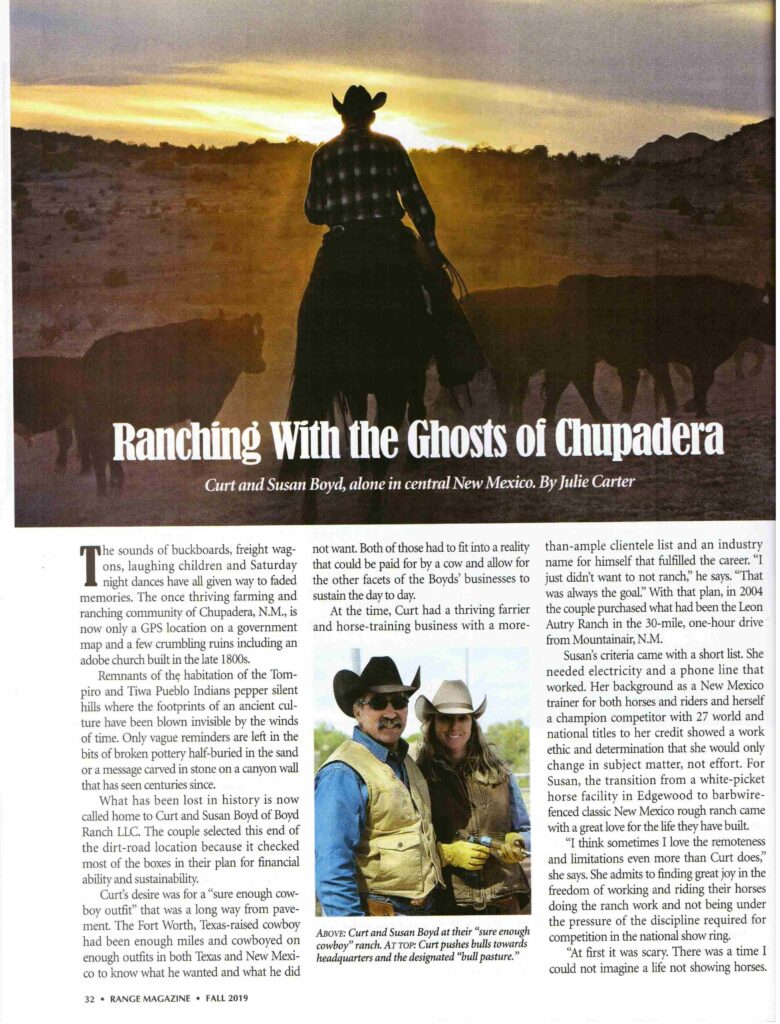
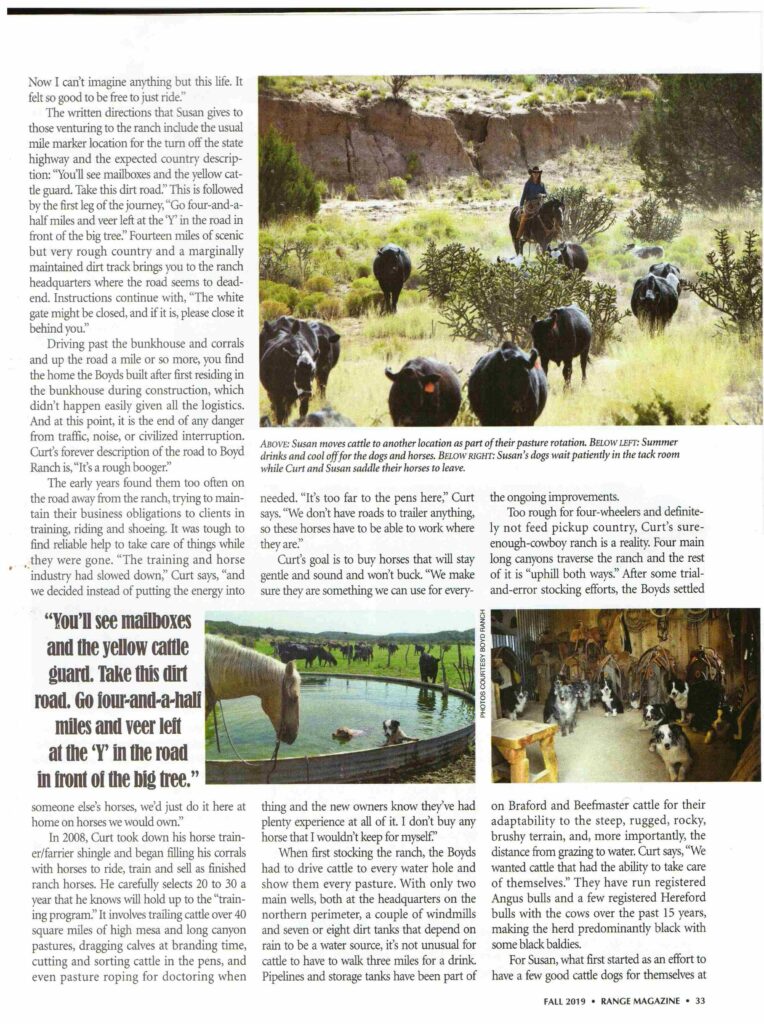
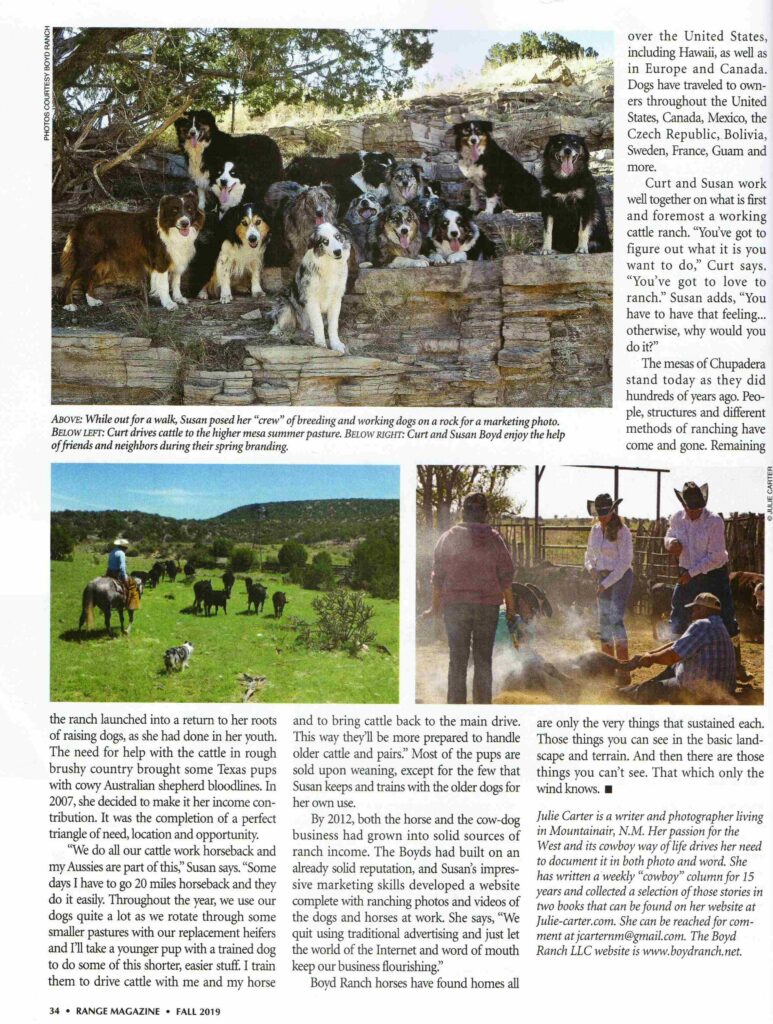
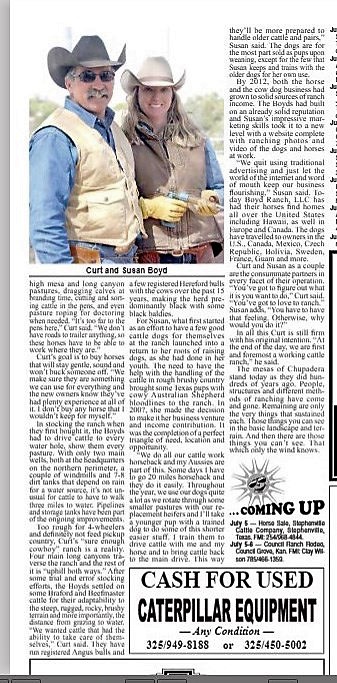
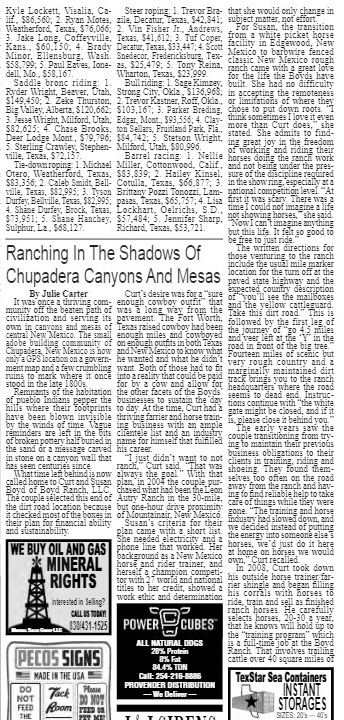
So, I have decided that I want to be featuring women livestock producers every month, if not more often. We are gonna feature women who have the COWS to go in cowgirl. This will include cattle, horses, stockdogs and OBVIOUSLY any other bad to the bone gals I feel you all should read about; because they’ll inspire you.
So first up is Susan Boyd of the Boyd Ranch in New Mexico. The Boyds run cattle, sell some insanely nice ranch horses and have beautiful working Aussies that are a huge part of their ranch and life. I got in touch with Susan and asked her a little bit about her dogs specifically. She is someone I consider a brilliant lady in the Aussie world and I hope you enjoy her story as much as I do!

1. Tell me about Aussies, why do you love them and what made you pick this breed? I love
the loyalty and devotion of an Aussie. My Aussies are happy to be anywhere I am and are my instinctive guardians . I have a large cattle ranch that sits on 25,000 acres (40 sections or 40 square miles). I work cattle a lot but not every day and my Aussies are easy to live with because they have an off switch. They are happy just being with me at the house, barn, riding fence, or swimming in a stock tank. Another nice thing about Aussies with natural instinct is they are very easy to train and they do well with pasture gathering and driving work and that’s how I mainly use my dogs. I’m drawn to some of the older working lines but most important to me is natural instinct, a sense of group, and a desire to work. I want them to think on their own and have a lot of stock sense but be able to come off stock if I call them back.
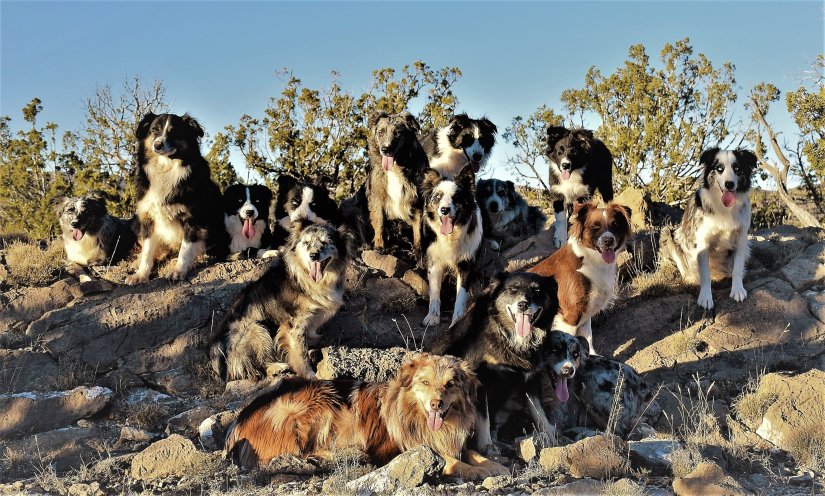
2. How are Aussies different from say a Border Collie or a Heeler? Personality wise and work wise?
I’ve had many different breeds of working dogs and they all have their value as a stock dog and excel at different jobs. I found this breed works best for me, because they suit what I like in a working dog, and for my large rough country. Aussies are an agile, upright, and close-working breed. They are loose eyed and I feel they excel on cattle because of this. They work closer and use their presence, wear, and if needed grip and bark to move cattle. I find they learn easily, even by just doing your chores with them, they pick up on what needs to be done. They are very honest and always want to help. They are a medium sized dog, and can get into a ground covering trot, and can travel all day. They fit very well working on my rough and brushy ranch. I do all most all of my cattle work horseback and with my Aussies. I don’t trailer from the headquarters to each pasture. I just leave on a horse and trot out to the pasture the cattle are in and then gather it to change pastures. Some days I’ll easily go 20 miles. My working bred Aussies can do this.
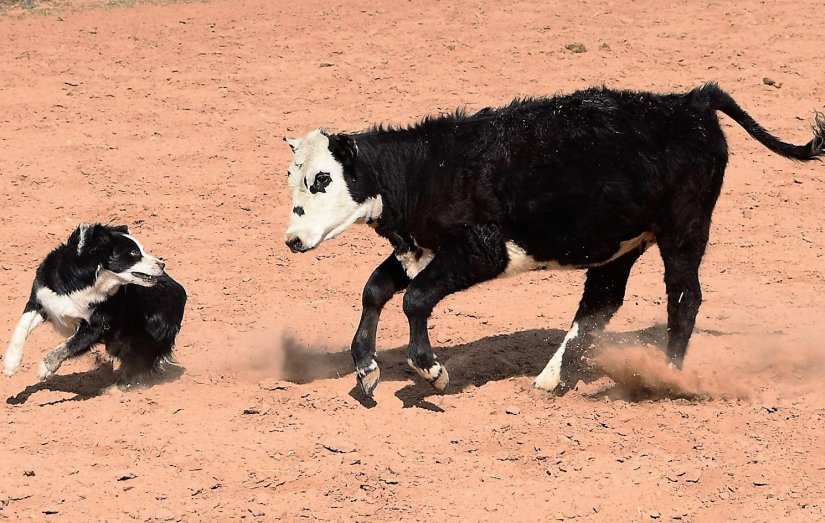
3. When did you start raising Aussies? What made you decide to raise them?
I’ve owned Aussies for about 20 years and started raising them about 15 years ago. I needed good Aussies here on the ranch and that was my first priority when I started raising them. Also, I had other ranchers wanting my dogs. It’s just my husband and I working on our ranch and without these good working Aussies we couldn’t do it without some full time help. A lot of ranches are the same and saw the value in these dogs and wanted them too. It took off from there and I now have Boyd Ranch Aussies working all over the world including Canada, Europe, South America, Mexico, and of course the US!


4. Can you tell me a little history on Aussies as a breed?
The breed is over 150 years old and was developed for a good ranch dog for the American West. They were bred for gathering and driving large herds of sheep and cattle and also to do pen work in close quarters. They were also bred to be guardians for the stock and for the family. The Australian Shepherd Club of America was founded in 1957 and is the largest single breed dog registry in North America.
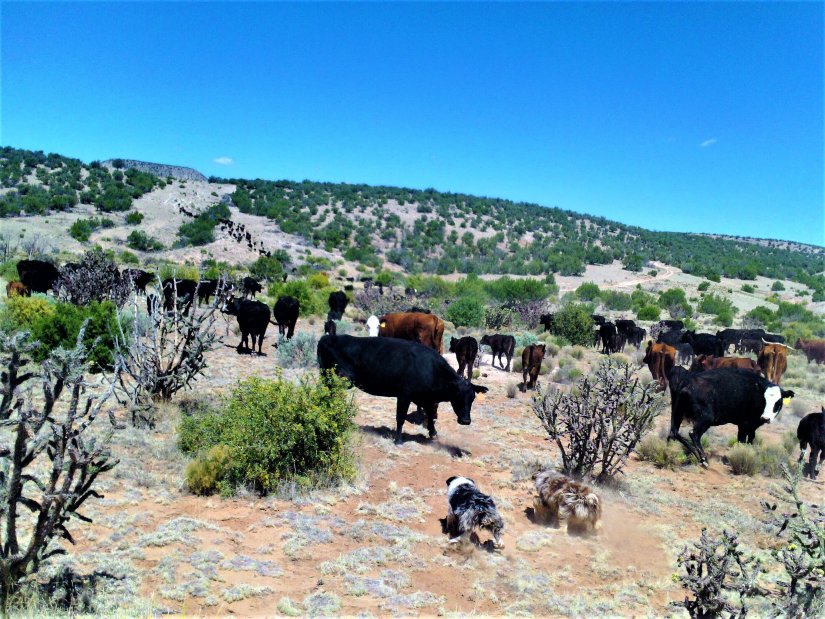
5. What would you recommend for someone looking for an Aussie as a working dog?
I would look for working lines and from proven working parents. Some of the Aussie lines have divided into working and show. I would make sure you’re getting a pup from working lines. Kind of like getting a Quarter Horse. You can buy one with Cattle working bloodlines or Halter bloodlines and the Halter bloodlines might be able to help you work a cow but the Cattle working bloodlines should be able to help you work a cow. It definitely gives you the edge with some natural working ability. DNA genetic testing is now readily available. I would find a pup whose parents have been tested. Even if they aren’t clear of everything on the panel you will have some idea of what you’re getting health wise on testable genetic problems in the breed. I feel just about anyone with some dog or horse training skills can teach an Aussie who carries natural instinct to help them with their cattle chores. They are a smart breed and if you pack them around with you, they pick up on things pretty fast!
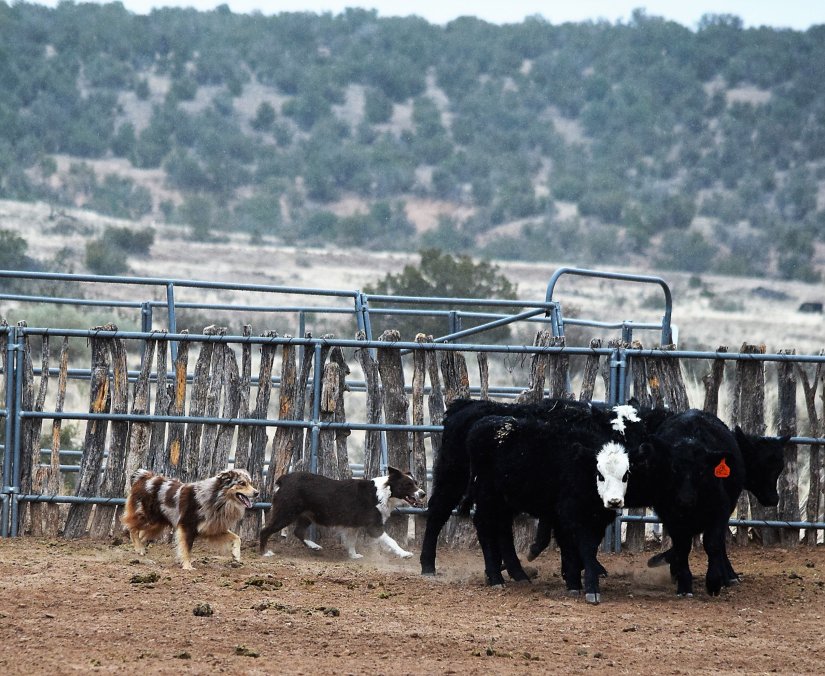
WAS:Can you tell us about your operation?
My husband Curt and I purchased and established Boyd Ranch, LLC in 2004. It is situated on 25,000 acres and is located in Central NM about 75 miles SE of Albuquerque. The headquarters are in the old ghost town of Chupadera, NM. Over 100 years ago this town was a hopping little community and there is still the old Church here, where dances were held, and there also was a school house and several old farm houses and barns. Chupadera now has a population of 2 (just Curt and I), 16 Aussies, commercial cattle, and ranch horses.
We are a cow/calf operation and most of our cows are Angus or Hereford cross bred with a little Brahma. This makes them a little hardier and they do well on this high desert ranch. Our bulls are mostly registered Angus with a few Herefords. We also sell Ranch horses and Aussies here.
Did you start with dogs or start with cattle?
I’ve always had dogs and showed as a junior handler. I’ve also shown Paints and Quarter Horses most my life. I’ve had a horse breeding/showing and also training business and I use to spend a lot of my time on the road traveling to horse shows with my horses and clients. My horses and I have been fortunate to have earned 27 World and Reserve World Titles. I got my first Aussie about 19 years ago, he passed away 3 years ago at a very old age. He went to some horse shows with me and was also a great cow dog here at the ranch. Curt has cattle ranched most his life and came to New Mexico from Texas. He is a farrier and also showed/trained cow horses and has owned many different breeds of cow dogs. Not long after purchasing this rough “Cowboy” ranch both of us quit shoeing/training of outside horses and put all of our time in here, making ranch horses and cow dogs, and taking care of this place. We don’t have any employees.
Realizing how beneficial cow dogs were for this country and using different breeds, we decided Aussies did the best for what we needed.Those with natural instinct are very easy to train and they do well with pasture gathering and driving work. Aussies are happy to be anywhere you are and that was a big plus too. Some of the lines we originally bought did not work for us and we placed a couple in pet homes in town. We ended up being drawn to some of the older working lines. Most important for us is natural instinct, a sense of group, and a desire to work. I want them to think on their own and have a lot of stock sense but be able to come off stock if we call them back. A medium framed dog works well here because they can go all day. Sometimes we go 20 miles and we want a dog that can do that. A heavy framed Aussie will get too tired with our long days.
Throughout the year, we use our dogs quite a lot as we rotate thru some smaller pastures with our replacement heifers and I’ll take a younger pup with a trained dog to do some of this shorter easier stuff. I train them to drive cattle with me and my horse and to bring cattle back to the main drive. This way they’ll be more prepared to handle older cattle and pairs. Our busy times of the year moving cattle are April/May when we’re gathering and driving cattle out of the Winter Pasture and moving them to our Spring pastures closer to headquarters for branding. June we gather the Spring pastures and move them to our Summer pasture. Sept/October we gather and bring them back to headquarters for shipping calves and then move them once again to the Winter pasture. We usually take 2-3 dogs together when we gather cattle. It’s a long day for them so I rotate the dogs during our busy times. I’ll work 2-3 one day and then give them a few days off and take 2-3 others. Some of our dogs are too old or too young to work these long days and they stay home. Our ranch is very rough with few roads and I look at it as team work here. When doing a days work gathering and driving cattle we all must do our part, If we only used our horses we would run out of horse, and if we only used our Aussies we would run out of dog. If we work together, gathering and driving cattle, we can get a lot done in a day. We are gathering cattle in big pastures some as large as 15 sections so 15 square miles. In these pastures the cattle don’t run in a single herd, they have to spread out in order to find grass, and some days you might spend all day riding and gathering and only bring out a half dozen. It’s so thick in some of our pastures, if a cow decides to run off you can’t get a horse around it, and the dogs will get around and bring it back. The ability for our Aussies to think on their own and to get in the right place on cattle, is very important to us. Most of our ranch is very rough and brushy and we use our Aussies to flush out cattle and drive them. Our dogs are very well trained to work off the direction our horse is going.
A typical gathering day for Curt and I is we ride horses from the headquarters and we’ll trot for miles to get to the pasture we’re needing to gather. The dogs will long trot next to or behind our horses. We’ll then ride to a back corner or side of that pasture, spread out some, and ride towards a water or place Curt and I are planning to meet at. A lot of the time we can’t see the cattle as we’re riding thru the thick brush, and I’ll ask the dogs to find the cows because they will find them easier than I can. We’ll each push what we find and the dogs will gather and bring back cattle to the main drive and we’ll continue gathering cattle to the water or meeting place. When we both meet up there we then take the group of cattle we’ve gathered towards and out the closest gate (which could be miles and miles away) to the next smaller pasture we’re moving them to. Once we get it all gathered (it takes about a month for our Summer and Winter country) and get the cattle to our smaller shipping and branding pastures the dogs will help gather it and we’ll bring all the cattle together into the headquarters pens.
I take all the dogs together with me everyday to the barn to do chores and they spend the days with us doing whatever needs to be done, such as repairing fence, riding horses, checking waters and putting out salt. I take all of them together several miles a day to keep them in shape either horseback or with a 4wheeler. Again, some are too old or young to do this. I’ll practice different things with them while I’m riding, it’s very beneficial for the younger dogs, and also keeping the older dogs in tune to me. When I take them out horseback they learn to stay behind my horse and I’ll work on having them stay in different areas. At the barn and pens our pups learn to have manners around stock, stay, a recall, and also how to “get out” of the horses/cattle pens and turn outs. Learning to “get out” works well when we move pups up to cattle work. I like to have a handle on the whole pack and spend the days keeping them all legged up and also mentally ready for all the cattle work we do here!
——————————————————
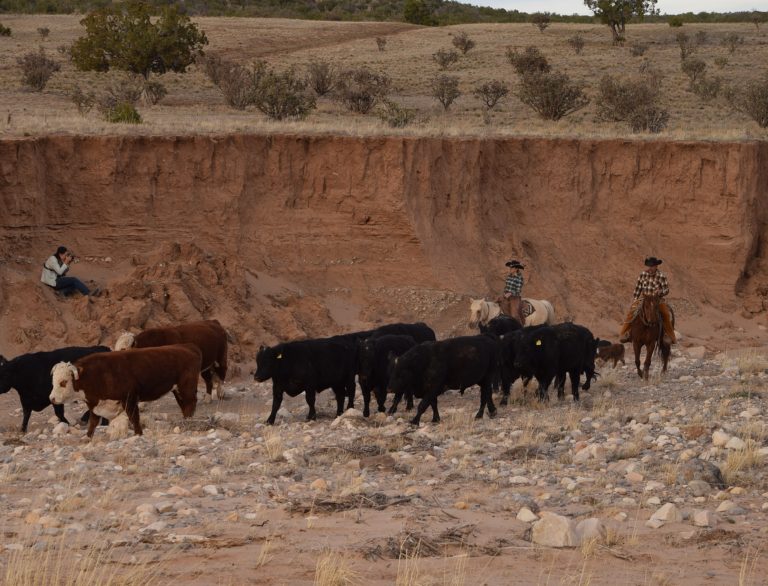
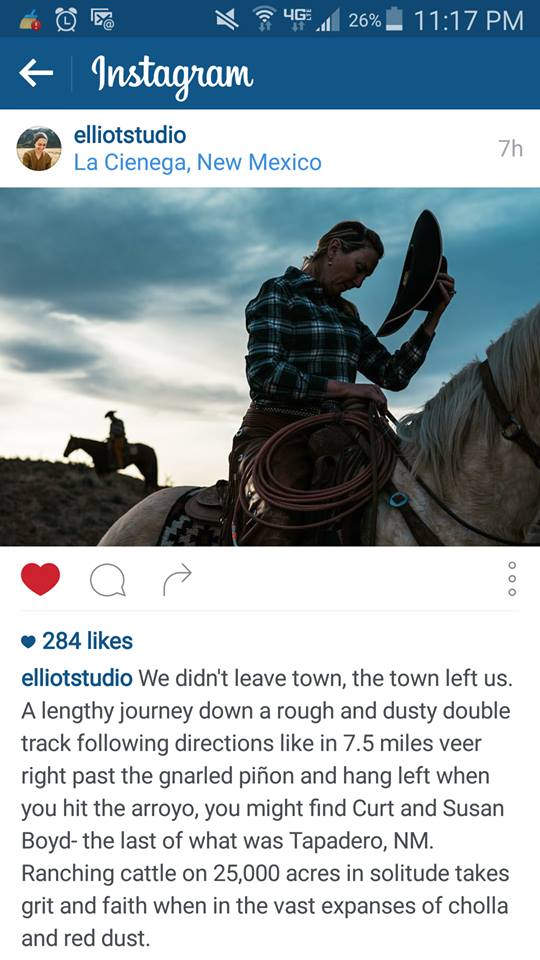
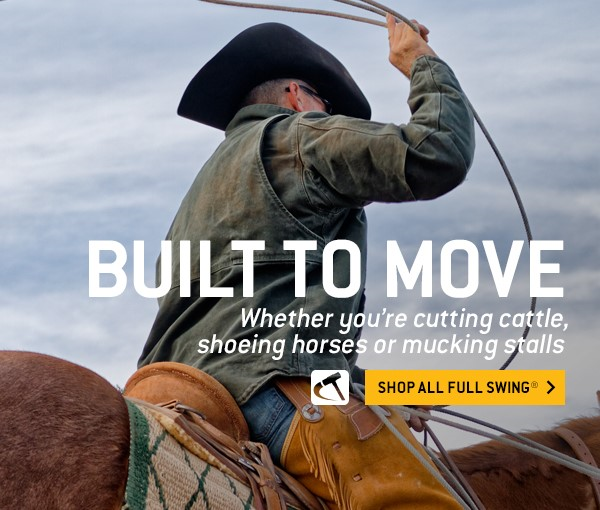
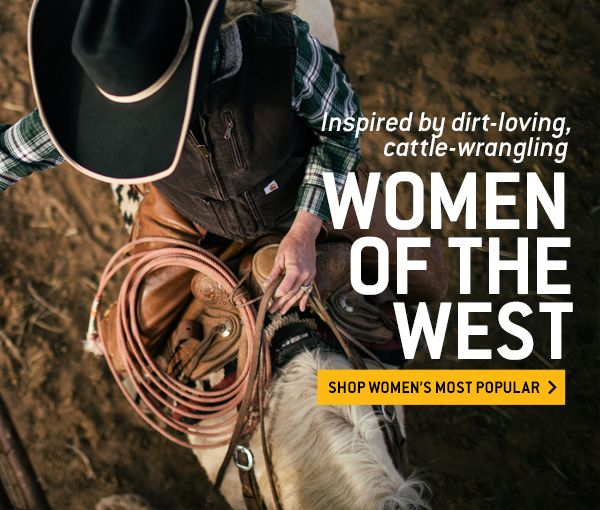

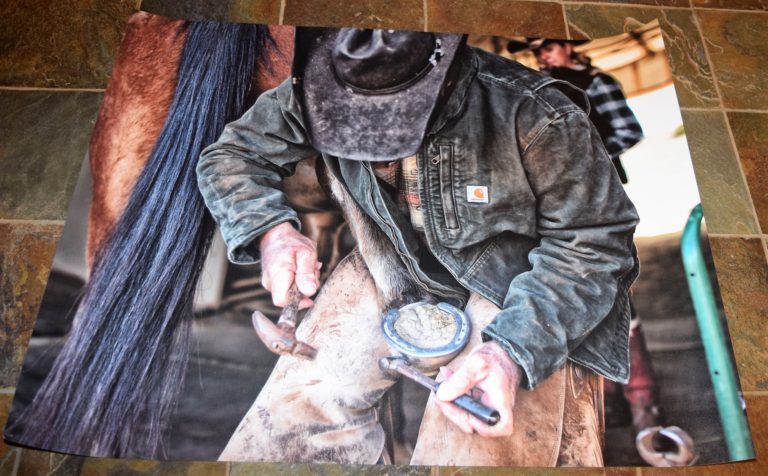

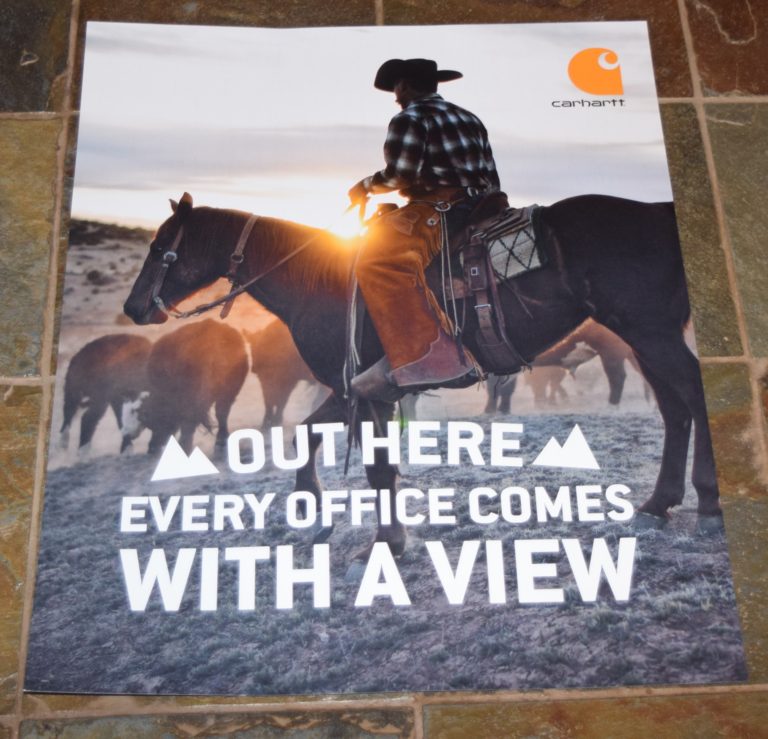
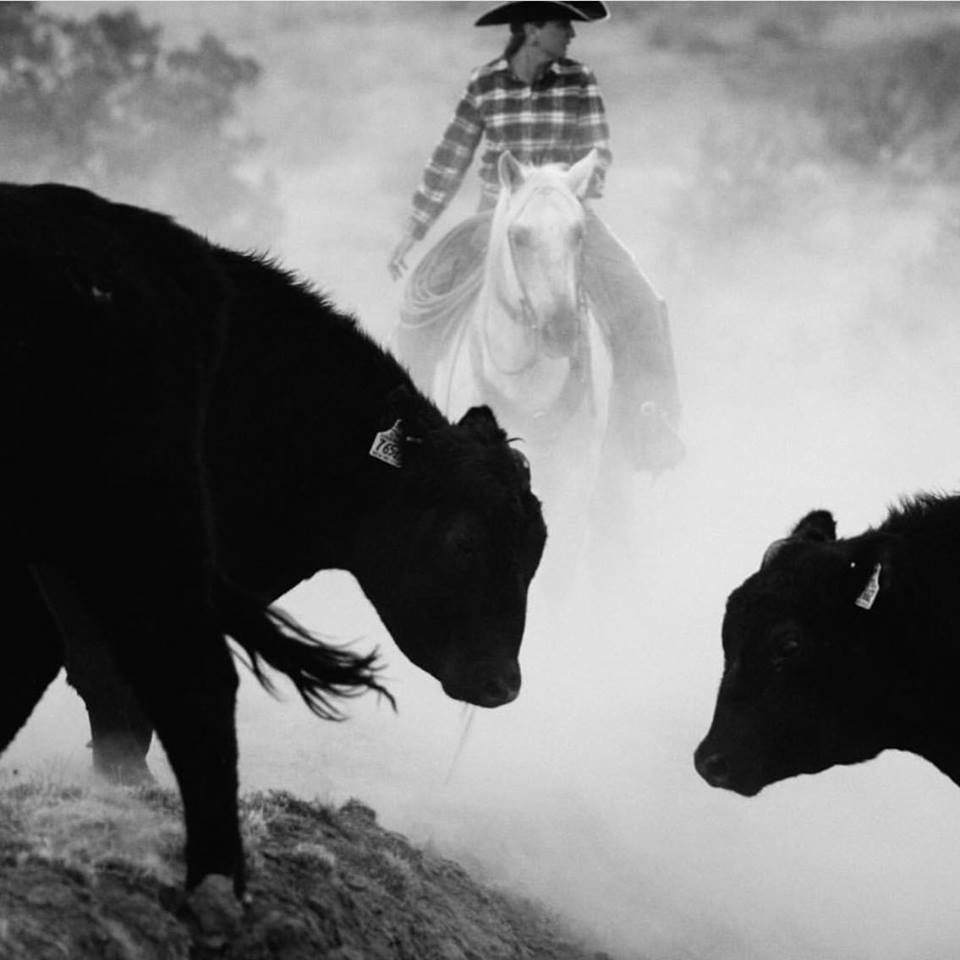
——————————————————
Boyd Ranch Was Featured In The Progressive Cattleman Magazine!
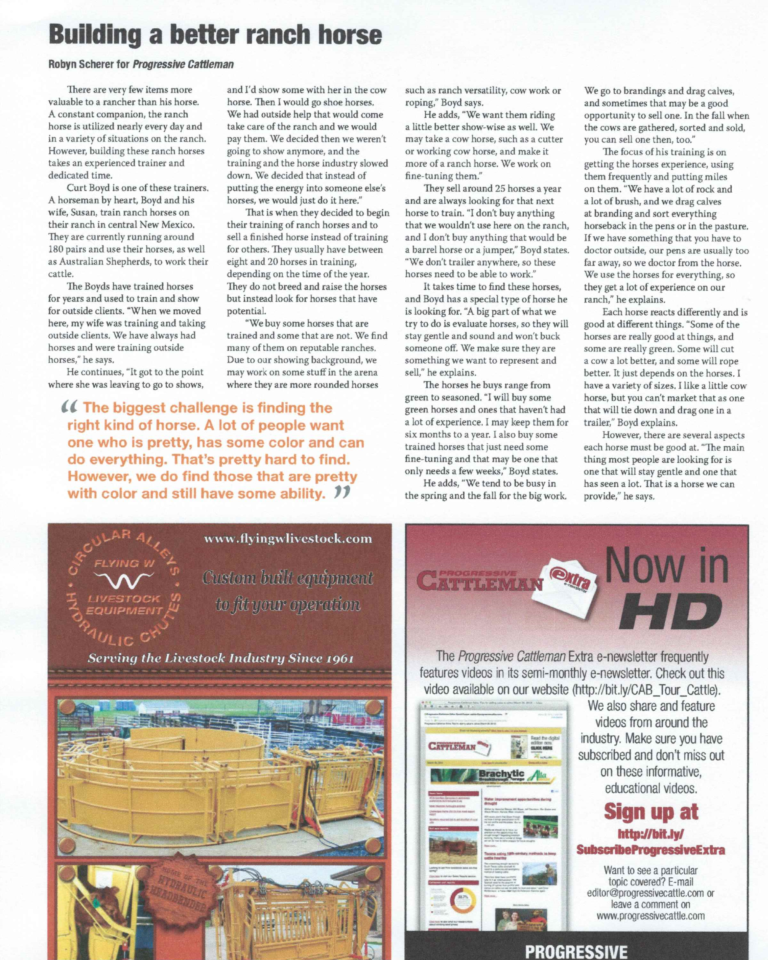

——————————————————
Some of Our Awards and Accomplishments:
